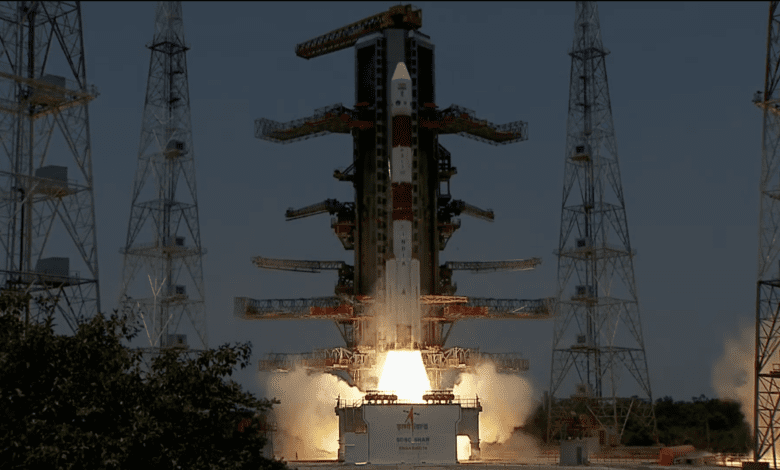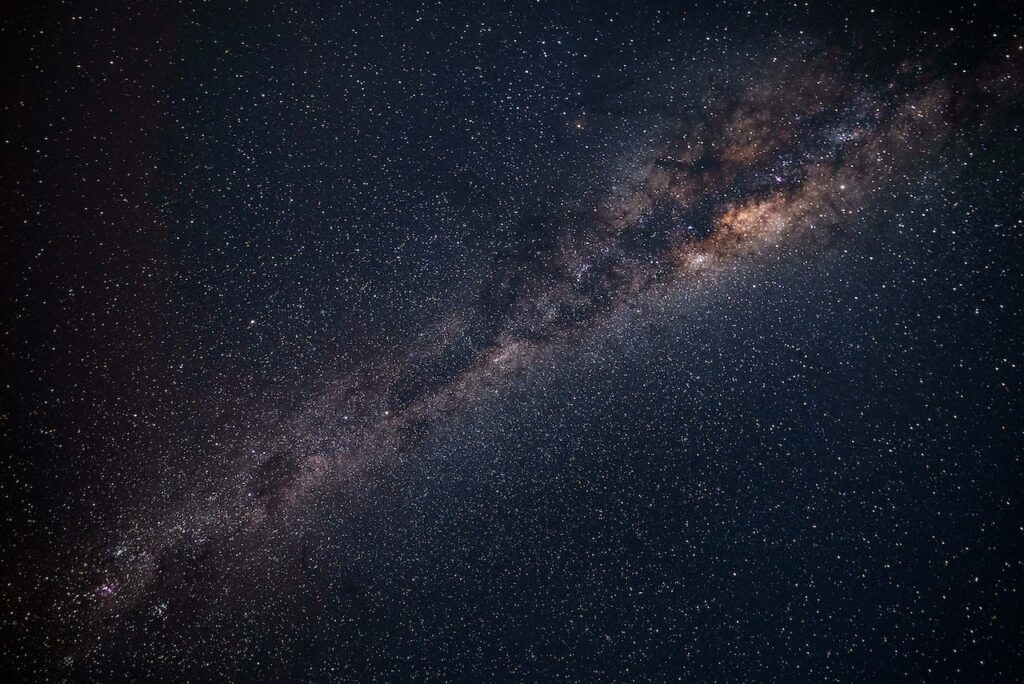
India’s first solar mission, the Aditya-L1 mission, achieved a successful launch today by ISRO. The spacecraft embarked on its journey from the Satish Dhawan Space Centre in Sriharikota at 11:50 AM, embarking on a 125-day voyage. The mission aims to position the spacecraft in a halo orbit approximately 1.5 million kilometers away from Earth, located around the Lagrange point 1 (L1).
The primary goals of the Aditya-L1 mission involve the comprehensive examination of the Sun and its solar activities, with the aim of discerning their immediate impact on space weather conditions.
Initially, the Aditya-L1 will be positioned in a low Earth orbit. Following this, the orbit will be modified to become more elliptical, and it will be directed towards Lagrange point L1. Eventually, it will exit Earth’s gravitational Sphere of Influence (SOI). Afterward, the spacecraft will enter a cruise phase and will be placed into a spacious halo orbit encircling Lagrange point L1.
ISRO launch vehicle commonly utilized for numerous missions
The spacecraft was launched on a Polar Satellite Launch Vehicle (PSLV), a trusted launch vehicle commonly utilized for numerous ISRO missions. Aditya-L1 marks the 25th mission employing the PSLV-XL configuration.

This spacecraft is equipped with four remote-sensing payloads and three in-situ payloads. Among these, the Solar Low Energy X-ray Spectrometer (SoLEXS) and the High Energy L1 Orbiting X-ray Spectrometer (HEL1OS) hold special significance as they are tasked with the critical mission of observing the Sun as a star. The instruments onboard Aditya-L1 have been meticulously calibrated to study the solar atmosphere and the surrounding conditions at Lagrange point L1.
The Visible Emission Line Coronagraph (VELC), which serves as the main payload for Aditya L1, is designed to transmit a total of 1,440 images daily to the ground station for thorough analysis once it reaches its designated orbit. As indicated by the Indian Institute of Astrophysics (IIA), the VELC payload, weighing 190 kg, is programmed to transmit images for the duration of five years, which corresponds to the satellite’s expected operational lifespan. However, the actual duration may extend beyond this period, contingent upon the consumption of its fuel resources.
The primary mission of the Aditya-L1 spacecraft is to study the dynamics of the solar upper atmosphere, including the chromosphere and corona. It will delve into the physics of the solar corona and explore the mechanisms responsible for its heating. Furthermore, the spacecraft aims to comprehend the drivers of space weather and the intricate sequence of processes occurring at various layers of the Sun, which ultimately culminate in solar eruptive events.
Please, also have a look into : Aditya-L1: ISRO prepares to launch a solar mission, with a projected date of September 2



